Every year, in May, Andalucia plays host to one of the biggest Catholic pilgrimages in the world. One million people descend on a small town which looks like something out of a Wild West movie.
Hermandades (brotherhoods) leave from all over Spain, but especially from the provinces of Huelva, where the town of El Rocio is, and Seville. They spend a few days of wild partying, and each has its own house, complete with stables for the oxen and horses, bedrooms and even a chapel. Not many would dispute the fact that religion is just an excuse for another full-on Andalucian all-day-all-night hard-drinking, dancing and singing fiesta. You can see the different hermandad houses around the town – this one is for the Triana hermandad, from Seville.
This afternoon, I saw some ox carts rumbling through our local town. They had padding on their foreheads, to help them practise and prepare for pulling the heavy loads: trailers full of rocieros on their way to sing the praises of the adored Paloma Blanca – the Virgen del Rocio. For it She who is the purpose behind this romeria.
Each town has a number of carts which head off to El Rocio in a slow, steady procession, completely blocking the roads for a few hours when they leave, and then again when they return.
They are accompanied by a man with a stick who goads them on – here’s a photo from another romeria, our local one, but you can see how they look dressed up in their finery; they have a much shorter journey than the El Rocio traffic.
You even get flamenca dresses which are specially designed for El Rocio – looser for horse-riding, and with leather details for the fashionista rociera. Vicky Martin Berrocal, who designed the traje below as part of her 2011 collection, loves using the traditional long-strapped cross-body leather bags as accessories in her fashion show. They’re also practical – where else are you going to put your mobile phone?
So, anyway, back to this afternoon. It’s a jolt back to Spain of the 19th century, to be leaving the park with your kids and see a series of ox carts being driven along the road.
We also see laden horses and carts along the country road where we live; their load is usually straw or wood. No emissions, no road tax – it’s a cheaper and environmentally-friendly alternative. And it reminds you how close the Spanish still are to their land, and how in tune with it – something which I find curiously reassuring, in today’s world of fast-moving technology and constant need to be in-the-know. And from my own personal point of view, I love living so close to the city, but also seeing a man unhurriedly driving his cart along the road outside my house. One foot in each world – suits me perfectly.

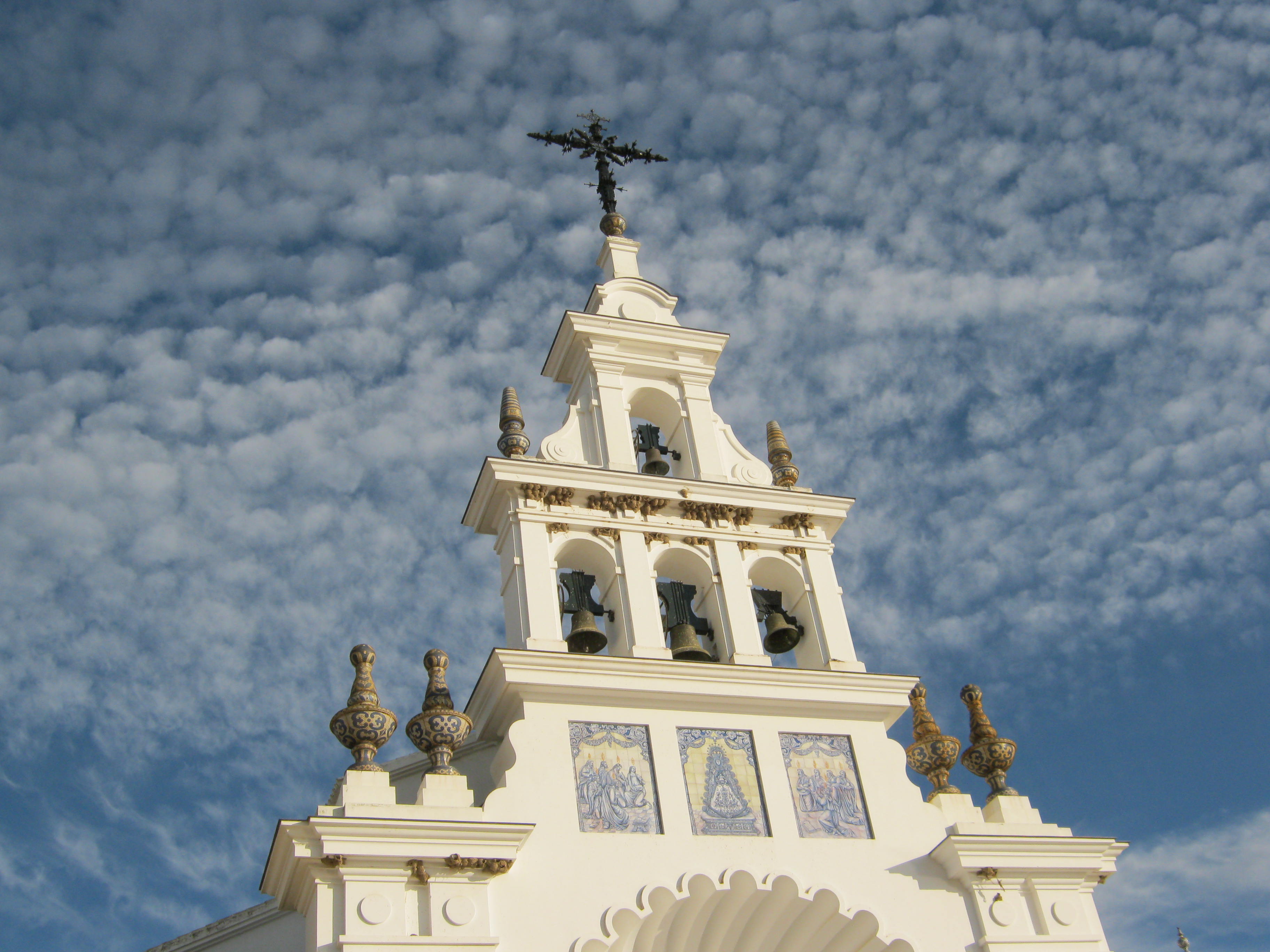
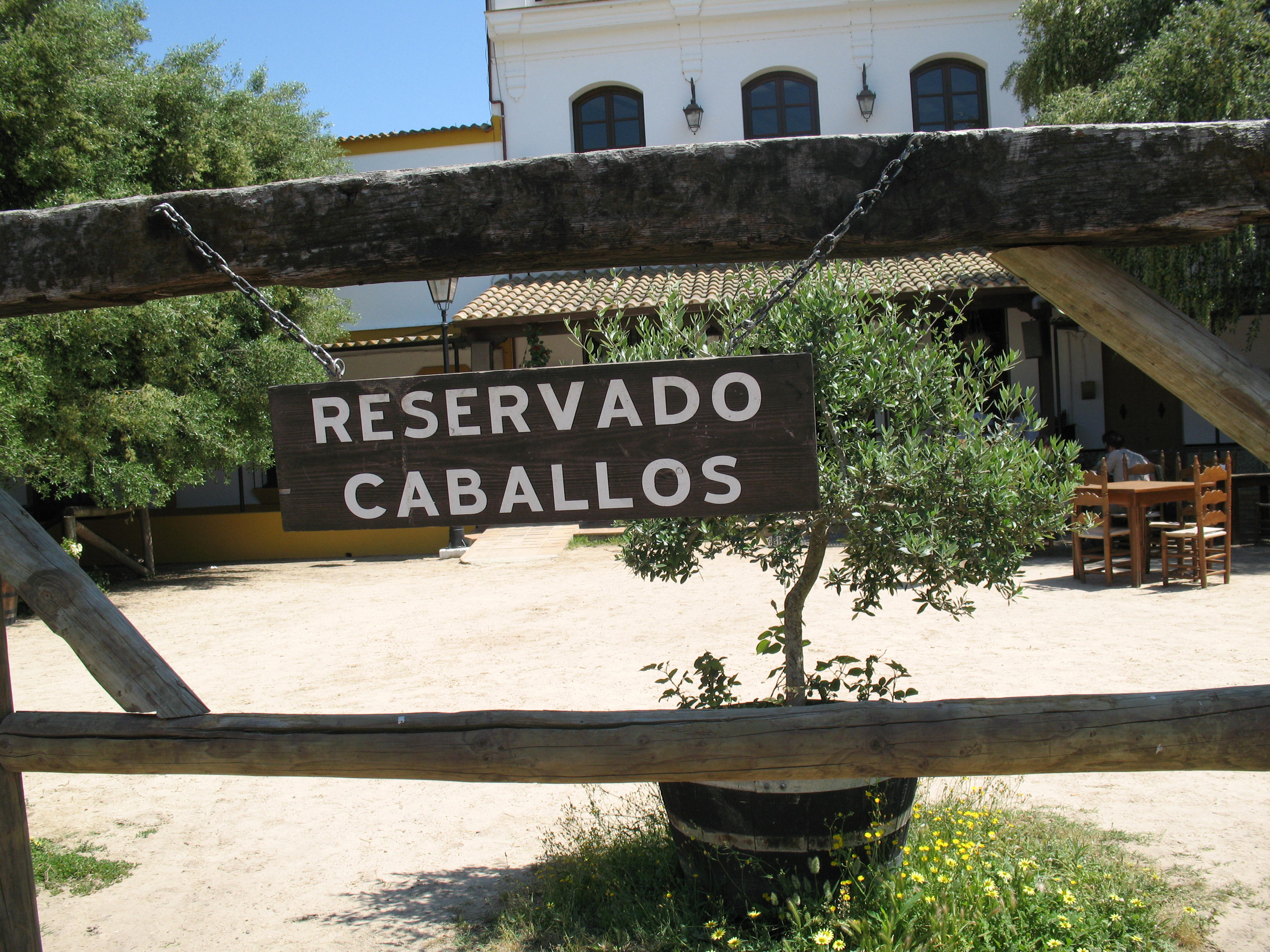
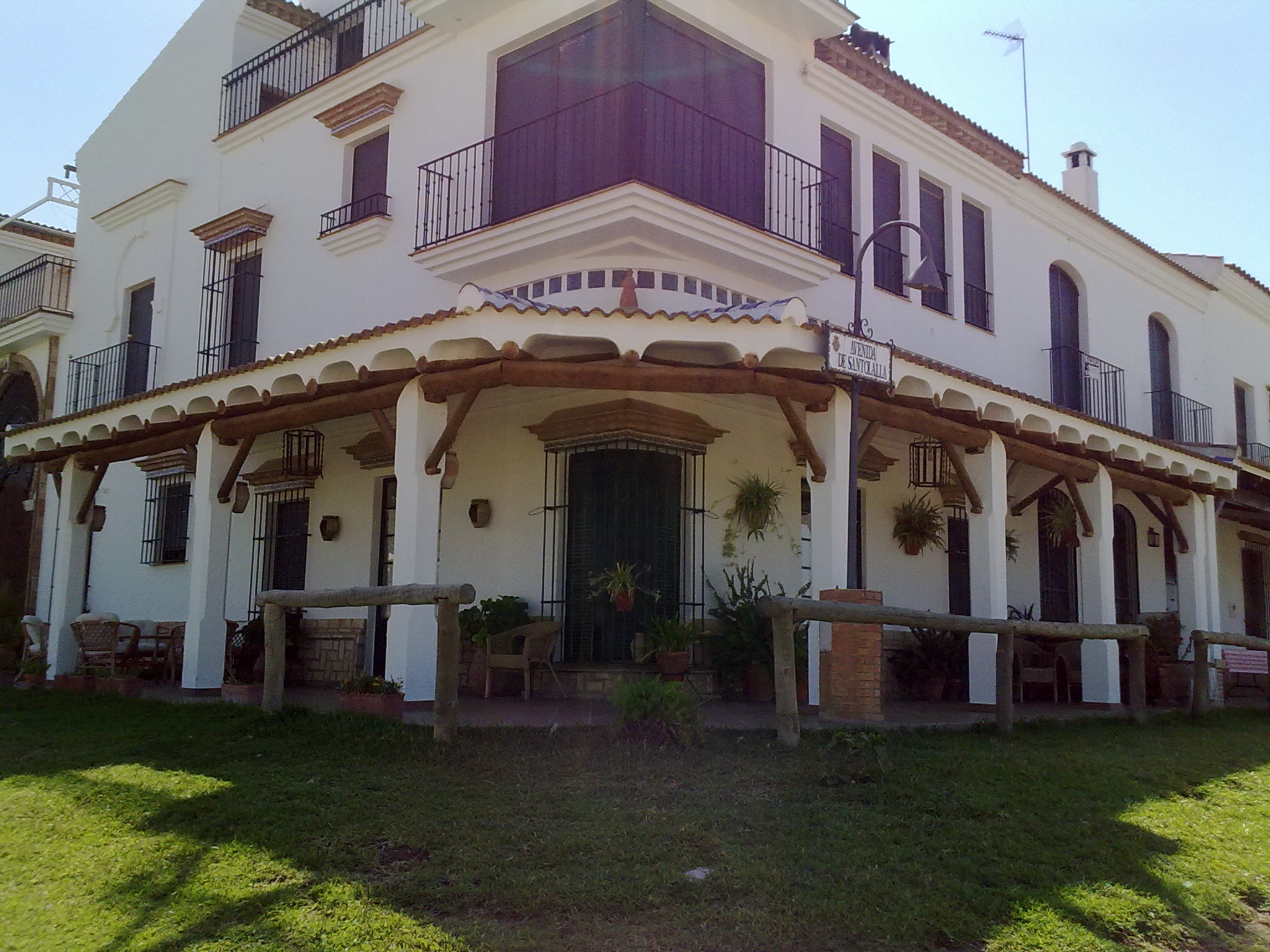
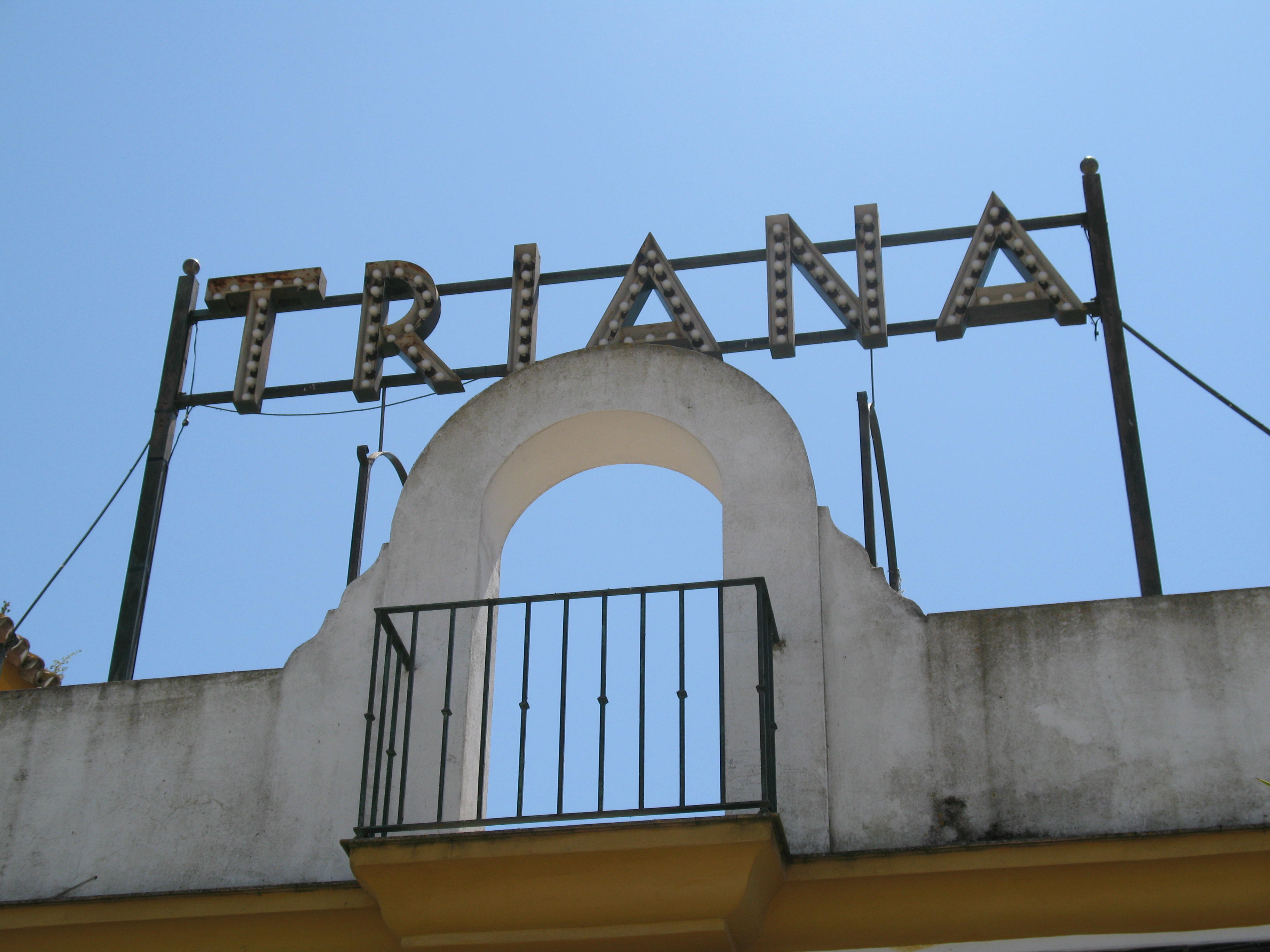
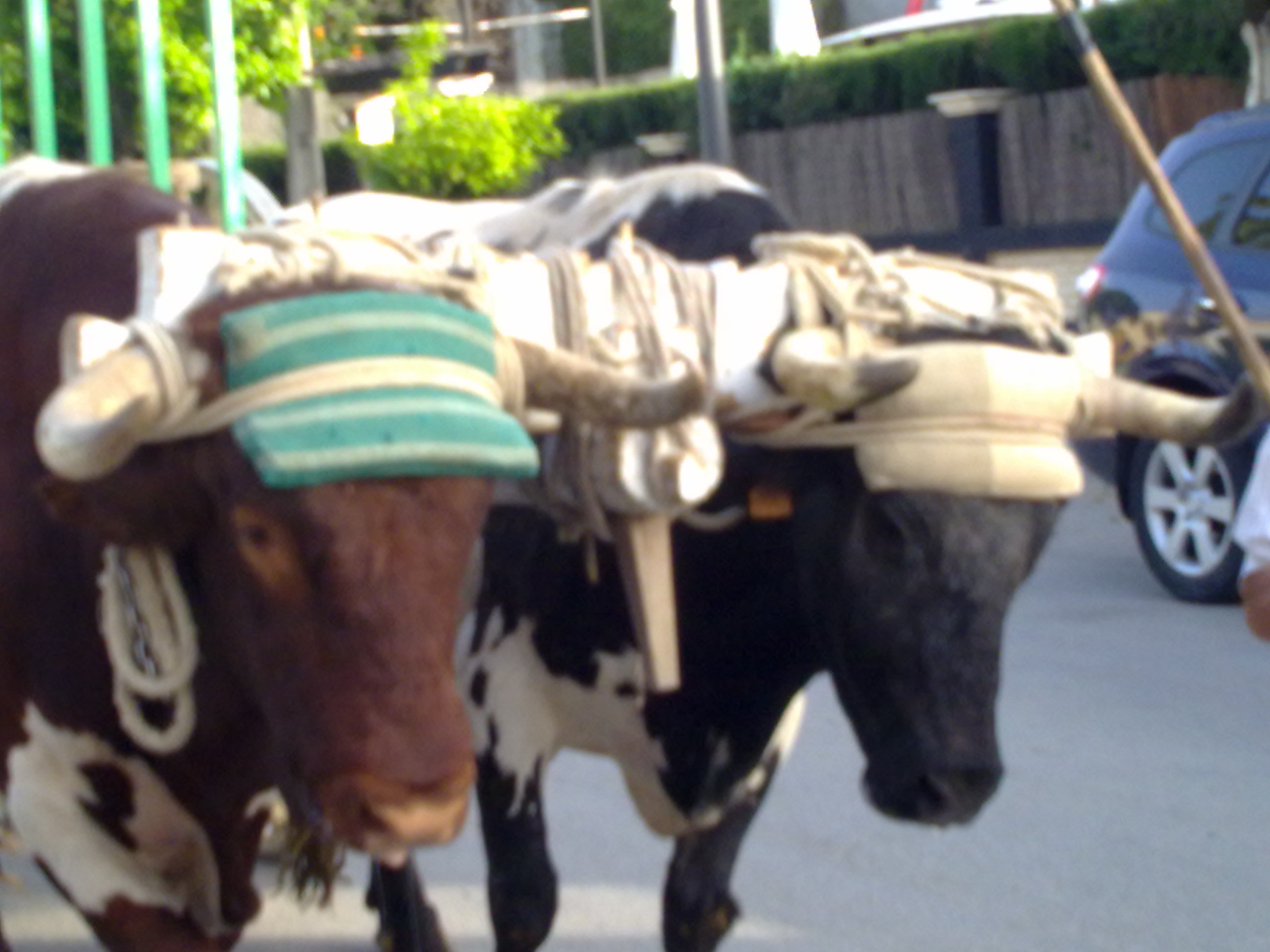
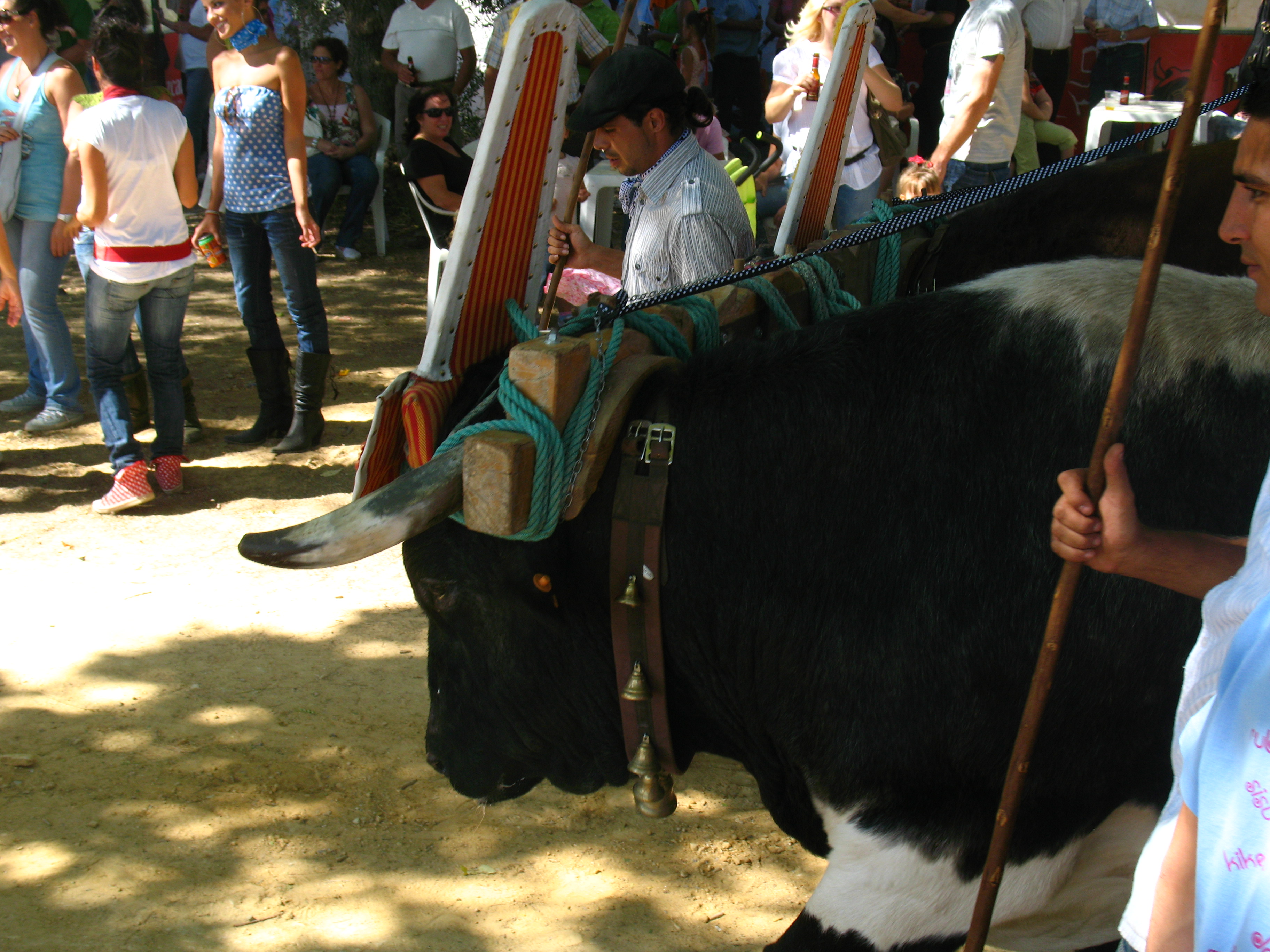
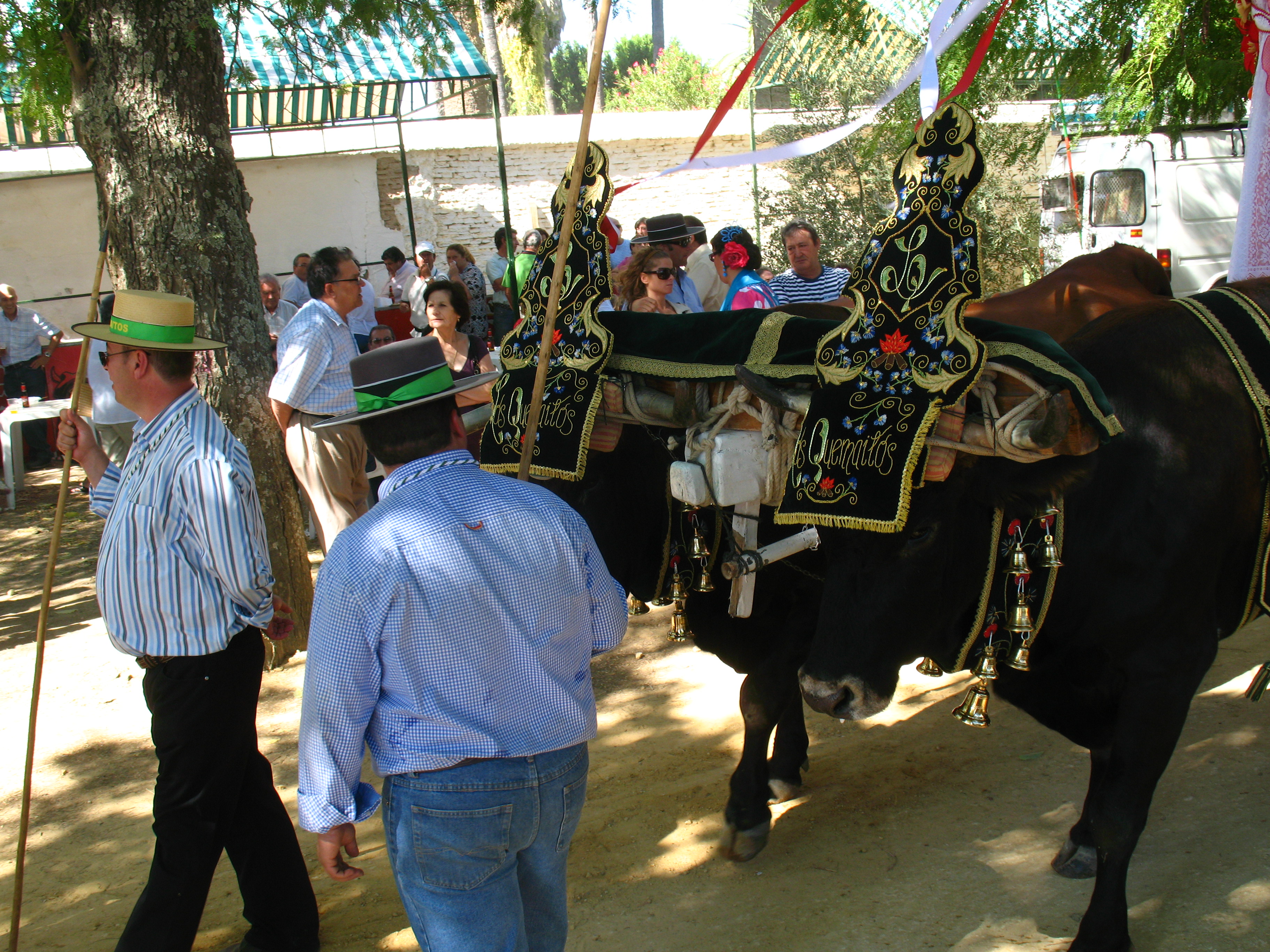
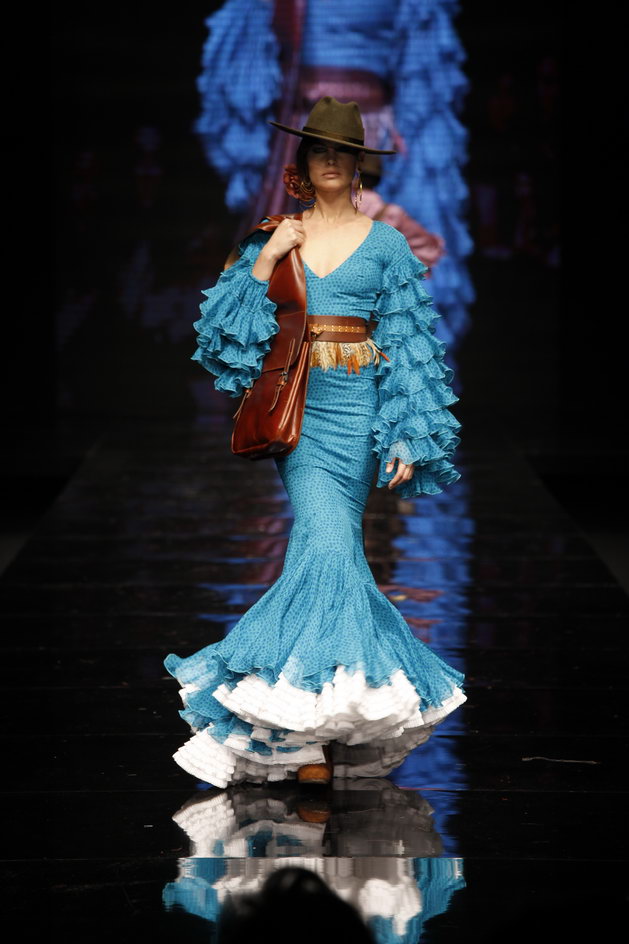
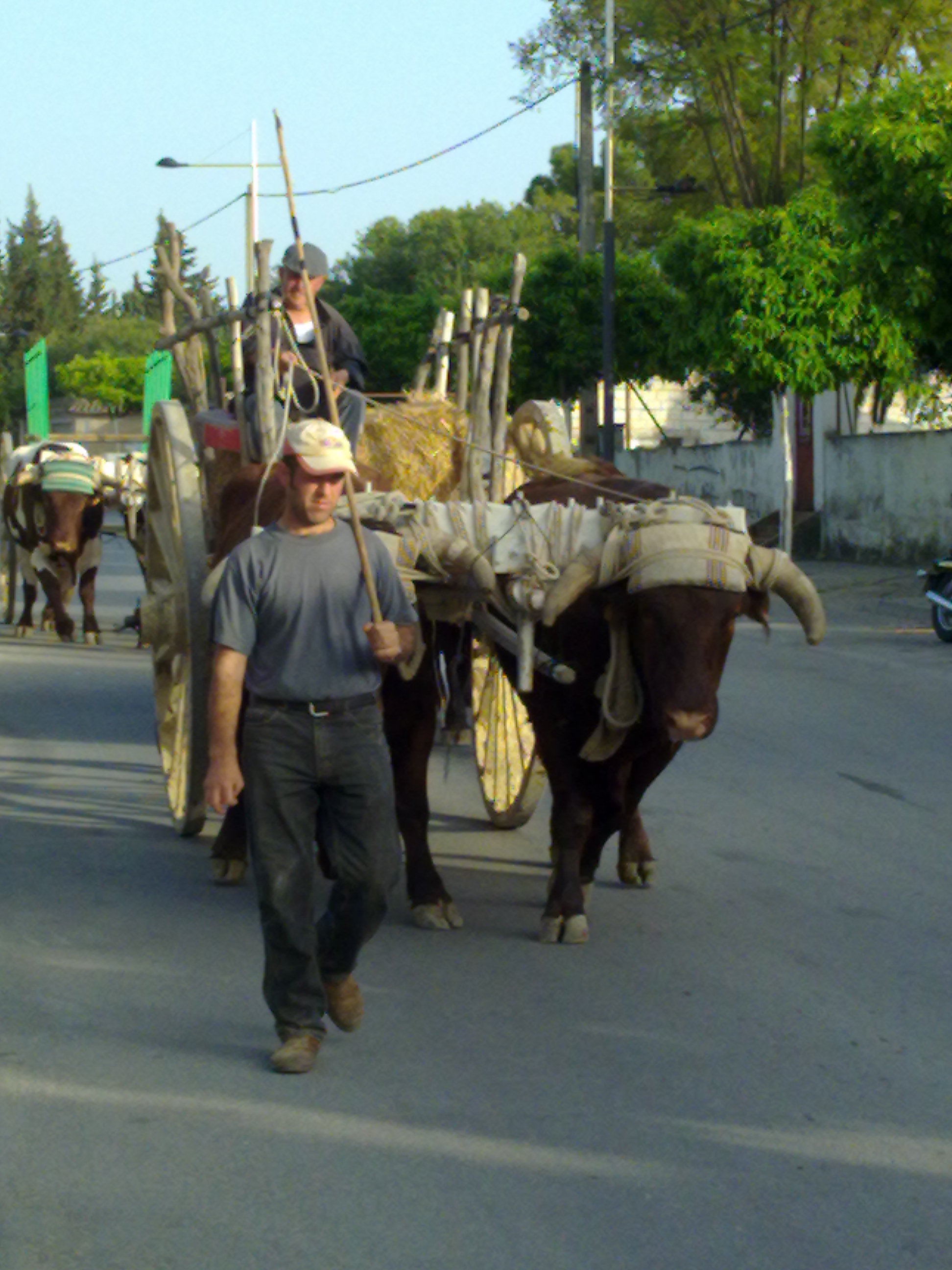
Pingback: On the road to El Rocio « Scribbler in Seville